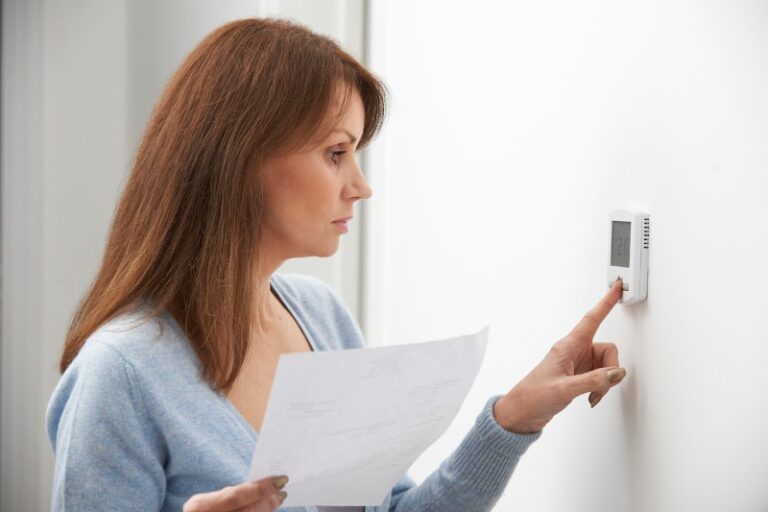A thermostat helps to communicate your indoor temperature preferences to the HVAC system. Unfortunately, most homeowners don’t understand how to get the most out of this device and make mistakes that inflate the energy bill or interfere with their comfort. Let’s cover some mistakes people make with their HVAC thermostat in Fenton, MO, and how to avoid them.
Cranking Down the Thermostat
When the temperatures go up during the hot months, you may assume that cranking down the thermostat will lower the indoor temperatures in a short time. Unfortunately, you’ll cause more harm than good to your HVAC system. Cranking down the thermostat prompts your HVAC system to run for a longer time to achieve the temperatures you inputted.
The longer your system runs, the more energy it consumes. Running for longer periods also increases wear and tear on its components, thus reducing its lifespan. Consider using the usual temperatures you prefer – between 72 and 78 degrees is an ideal range, depending on whether you’re away or home.
Using an Outdated Thermostat
Older thermostat technology may not be the best in saving energy costs and providing your desired comfort. Modern thermostats use newer technology that’s more precise. For instance, older thermostats use a mechanical anticipator, which may not be as accurate as modern electronic sensors.
Switching to smart thermostats helps you to save money and enjoy the convenience of modern technology. The device has learning abilities that help it understand your schedule and reduce the HVAC operations when you leave your house to go to work in the morning. It then restores the HVAC system’s full performance a few minutes before you return in the evening to ensure you come home to a comfortable environment.
A smart thermostat also sends periodic energy usage reports and suggests better ways to save. Perhaps more interestingly, you can control the device using a smartphone application regardless of whether you’re home or at work.
Installing the Device in an Inappropriate Location
A thermostat detects indoor temperatures and instructs the HVAC system to adjust the temperatures to your preferred range. If the device is near your kitchen, vents, windows or heat-generating appliances, it may read different temperatures from the rest of your house.
The temperatures in these areas also fluctuate from time to time, causing the thermostat to send confusing instructions to the HVAC system. This may cause your HVAC system to short-cycle.
An HVAC compressor consumes the most energy when starting. Therefore, if it starts more times than usual, your energy bill will go up. Short-cycling also increases the strain on your HVAC system’s components, causing them to break down often.
In addition, a short-cycling HVAC system cannot evenly distribute hot or cold air in your house. Consider installing your thermostat in a place that accurately reflects the temperatures in your living space.
Trying DIY HVAC Thermostat Repairs
Homeowners attempt to fix their thermostats when they suspect the communication between the device and the HVAC system is not occurring efficiently. This isn’t a good idea if you have never worked on an HVAC thermostat before.
Anybody working on a thermostat should first diagnose the issue accurately. If you have no experience working on a thermostat, you may diagnose the issue at hand wrongly. For instance, the problem may be dead batteries, but you end up thinking you need to fix the device’s wires.
DIY HVAC thermostat repairs may also cause electrocution. To keep yourself safe and minimize the chances of errors, consider engaging the repair services of a professional service technician.
Failing to Read the Manual
It’s important to read the user manual before using any device. A user manual outlines how you should use your HVAC thermostat efficiently.
It’ll also guide you on how to troubleshoot your device. A user manual also outlines safety guidelines for using your thermostat.
Contact Fresh Air Heating & Cooling for professional HVAC services if you suspect your thermostat is responsible for the reduced indoor comfort you’re experiencing. Our service technicians have repaired many devices over the years, meaning they have vast experience and knowledge when handling HVAC issues.
Image provided by iStock

